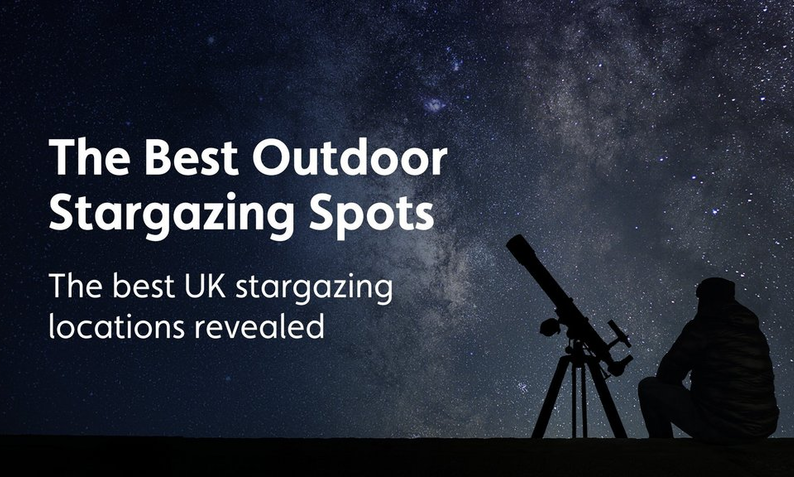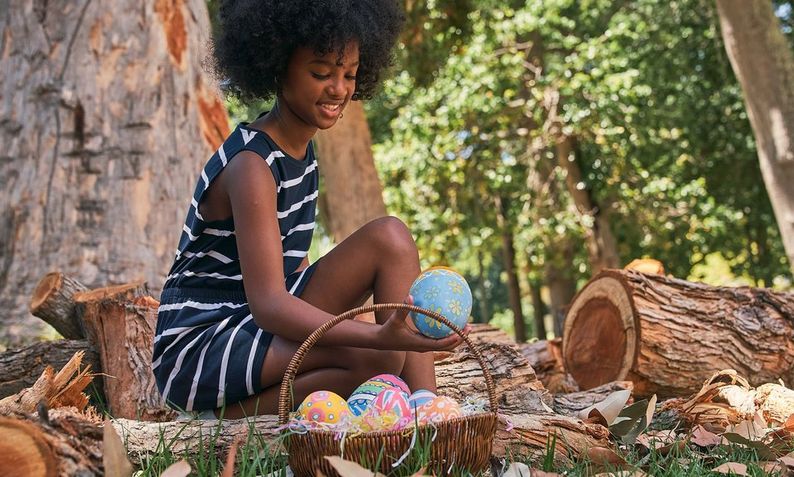Not only does a visit to your local pond make a great day out – a place where you and your kids can take a walk, pack a picnic and feed the ducks, they’re also absolutely bursting with wildlife!
As part of the Junior Explorers’ Club, we here at Millets are actively encouraging kids to get outside and explore what is around them. Attached to this you will find a scavenger hunt for your little ones to fill in whilst discovering their local pond. Not only does this entertain them for a while, but it will also teach them about wilderness and the importance of conservation.
In this guide, we will explore the wildlife of ponds, how to spot them and how to conserve their environment, ensuring that they live a longer life! See, things can be educational AND fun!
What Is a Pond? | What Animals Live in a Pond? | Pond Conservation | How to Make a Wildlife Pond
What Is a Pond?
A pond is a body of freshwater that you will usually find in a park, a field or a back garden. They can be man-made or natural varying in size. However, most are smaller and much shallower than lakes. Pond water is still, as well as a habitat for a large array of animals. From frogs hopping on the top, to all types of fish on the bottom, it’s amazing what you can find.
What Animals Live in a Pond?
You will find a wide range of animals living in ponds – inside them, above them and near them. From fish and snails to ducks and birds, there’s plenty of wildlife to observe and enjoy!
Inverterbrates
Have you ever seen a dragonfly up close? It’s fair to say it’s pretty mesmerising. Perhaps the most overlooked animal in the pond is an invertebrate. Invertebrates are animals without a backbone and come in all sorts of shapes and sizes.
Below are just some of the invertebrates that you can find in your local pond:
• Dragonfly • Damselfly • Mayfly • Alderfly • Caddisfly • Pond-Skaters • Water Snails • Leeches and Worms • Water Beetles
Although small, each one is mighty, playing an important role in every pond’s ecosystem. Some of them feed larger mammals and fish, others eat smaller insects, controlling population, whilst the rest work to decompose and break down organic matter, keeping the pond healthy. The more diverse range of invertebrates, the healthier a pond will be!
Whether you’re exploring your park’s pond, or you’re lucky enough to have one in your garden, check out our scavenger hunt and see what you can find flying about! You never know, you might even get to see a dragonfly!
Amphibians
Of course, you will also find amphibians. Think frogs, toads and newts resting on their lily pads, just like the cartoons!
• Common Toad • Palmate Newt • Smooth Newt • Great Crested Newt
Amphibians need to live in ponds as they require freshwater for their eggs. Have you heard of frogspawn? Well, they need to be in the water to start their life cycle, before turning into frogs, hopping from one pond to another.
Ponds provide amphibians with everything they need: shelter, food and breeding sites. However, they are extremely sensitive to any changes in their habitat and many populations around the world are declining because of this. It’s so important to monitor and conserve their homes, so if you’re doing any exploring, make sure to leave no footprints!
There are so many ways in which we can help with the conservation of wildlife, but we will discuss that a little bit later!

Mammals
Arguably the cutest of them all, you might be lucky enough to spot some mammals. From a water vole, a bat, or if you’re extremely fortunate, an otter. Although otters do tend to gravitate more towards rivers, they can still be spotted around ponds.
Some more pond mammals are:
• Otters • Muskrats • Raccoons • Bats • Water Vole • Beavers
They don’t live in the water, but these mammals need to be close in order to survive. With a pond full of fish and plants, these animals have meals for days! They can also use plants and other pond surroundings as shelter to hide from predators.
Fish and Birds
When you’re exploring a pond, you will also come across many birds and of course, fish.
Many small birds will use ponds to drink and bathe, whereas larger ones, like herons, will use them to find food. You will also, almost definitely, see ducks bobbing along. Feeding them some seeds is always a fun experience, too!
As for fish, there are so many different species living in ponds, with the most common being carp. You may even see people fishing around ponds. Although, if you want a go with a rod, you have to have a license in order to protect and conserve the surrounding areas.

Pond Conservation
With ponds being a habitat for many living things, conserving them is extremely important. Without them, we could see a decline in wildlife and a negative impact on our ecosystems. That’s why they have Pond Conservation Trust and lots of other charities and businesses that help conserve and look after ponds.
Pollution is a big concern, so if you’re ever near a pond and see a lot of litter, why not do some litter picking or have a tidy up?!

How to Make a Wildlife Pond
If building your own pond to attract and maintain wildlife is on your to-do list, then you may be wondering how to go about it. Although we do hope to go into more detail in the coming months, below is a brief guide on how to get started!
It’s a great way to keep up the wildlife you find in and around ponds and support them in your own way!
• Choose the right location: Pick a spot that receives at least six hours of sunlight a day and is free from obstructions like underground pipes, cables, or tree roots. • Mark out the pond area: Use spray paint or a garden hose to outline the shape and size of your pond. You can create any design you like, but a circular or kidney-shaped pond is recommended. • Excavate the pond: Dig out the marked area to a depth of at least 60cm (2 feet). You can use the soil to create a sloping bank around the pond's edge. • Install a liner: Once the excavation is complete, lay the pond liner over the hole. Ensure that the liner extends up and over the bank, and use rocks or soil to secure it in place, smoothing out any wrinkles. • Add a layer of gravel: Cover the bottom of the pond with a layer of gravel to provide a substrate for plants and beneficial bacteria. • Fill the pond: Fill the pond with water from a clean, freshwater source. Let the water sit for a few days before adding plants or wildlife. • Add plants: Choose a variety of submerged, floating, and emergent plants to create habitats for different kinds of wildlife. Use native species that are adapted to your local climate to support local wildlife. • Add rocks and logs: Place rocks and logs around the pond's edge to provide perches and hiding places for wildlife. • Monitor and maintain the pond: Regularly check the water quality and add beneficial bacteria if needed. Remove any debris that falls into the pond, such as leaves or branches. • By following these simple steps, you can create a beautiful and thriving pond in your backyard that will provide a home for a variety of plants and animals.


